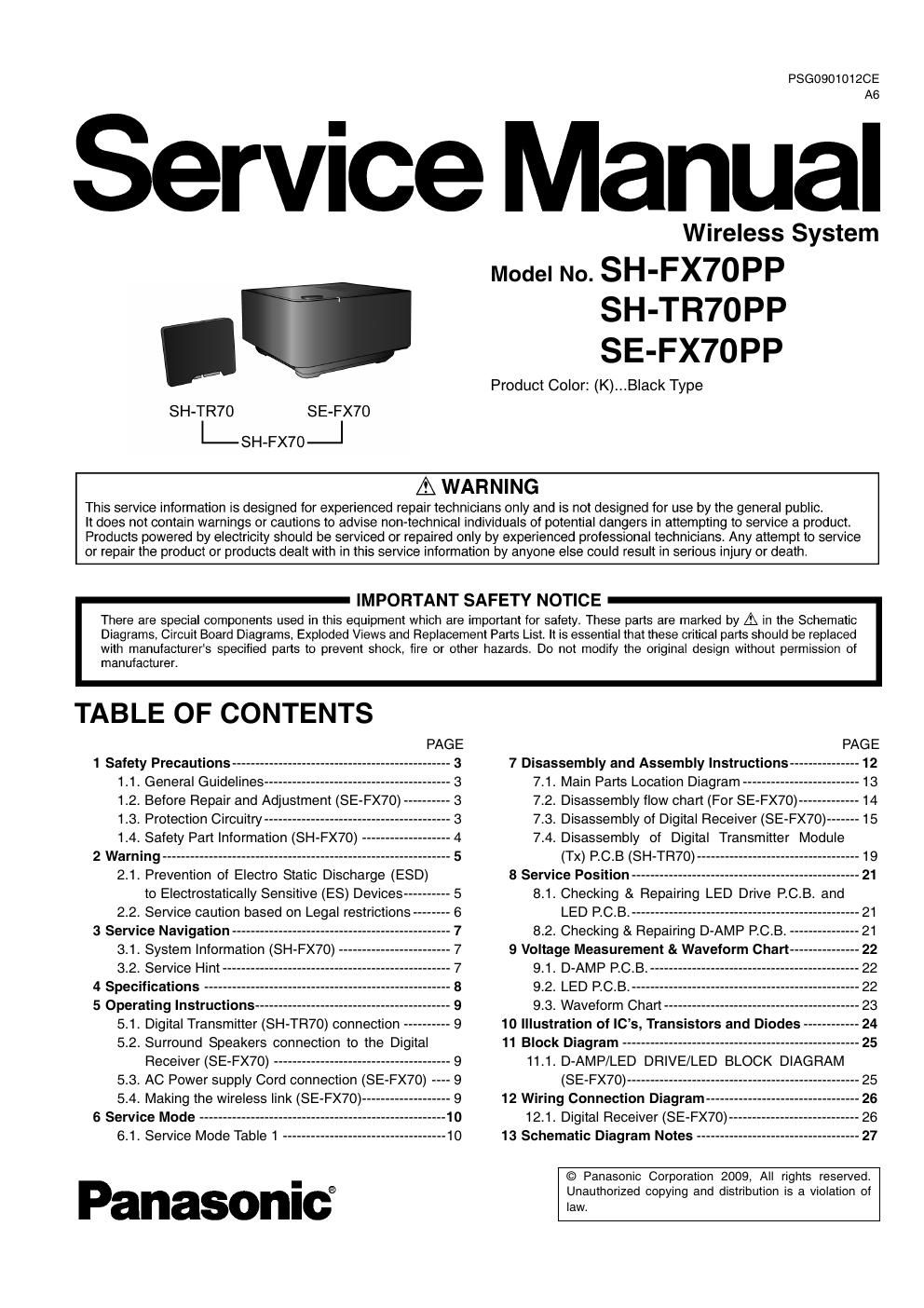Panasonic sh fx 70 pp service manual
This is the 38 pages manual for panasonic sh fx 70 pp service manual.
Read or download the pdf for free. If you want to contribute, please upload pdfs to audioservicemanuals.wetransfer.com.
Page: 1 / 38
